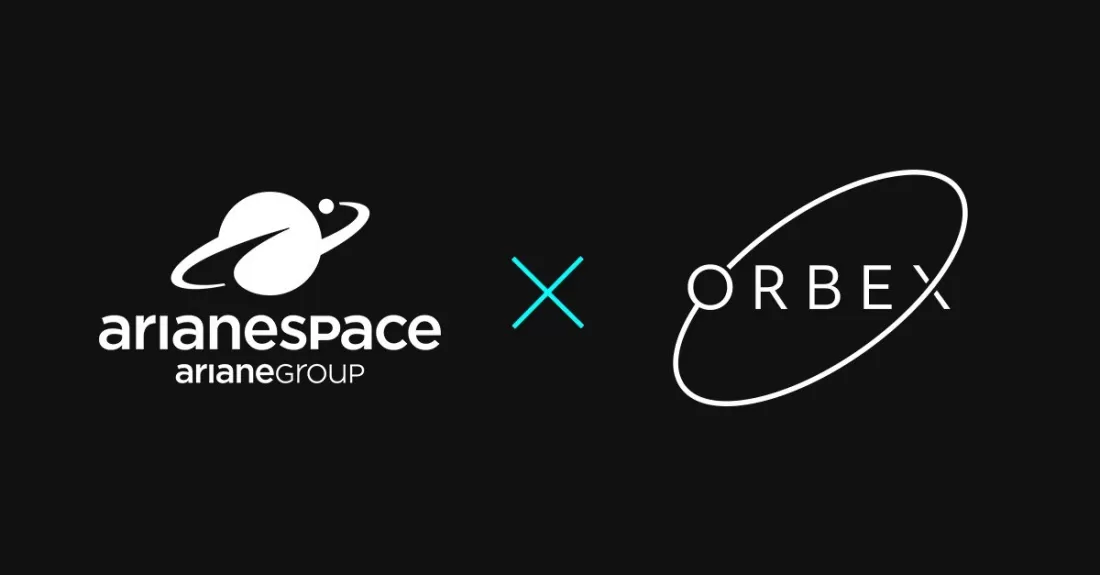Despite setbacks in the global space industry, such as Relativity Space’s recent failure to launch a 3D printed rocket and the closure of Virgin Orbit, European Ariane rockets are gained momentum. ArianeGroup and its subsidiary Arianespace are forming new partnerships with Oerlikon (SWX: OERL), Orbex, and PLD Space. These collaborations aim to accelerate the manufacturing process of the not-yet-operational but highly anticipated Ariane 6 rocket while also expanding services for small satellite launches. In the midst of those, the firm is also in the process of test firing an almost entirely 3D printed engine for its reusable rocket.
Testing Reusable Rockets
ArianeGroup achieved a significant milestone on June 22, 2023, with the successful final test of the Prometheus engine at its Vernon site in France. The engine, almost entirely 3D printed, was tested on the reusable Themis rocket stage demonstrator. During the test, the Prometheus engine burned for 12 seconds. This achievement marked the first ignition of its kind in Europe for this class of engine.
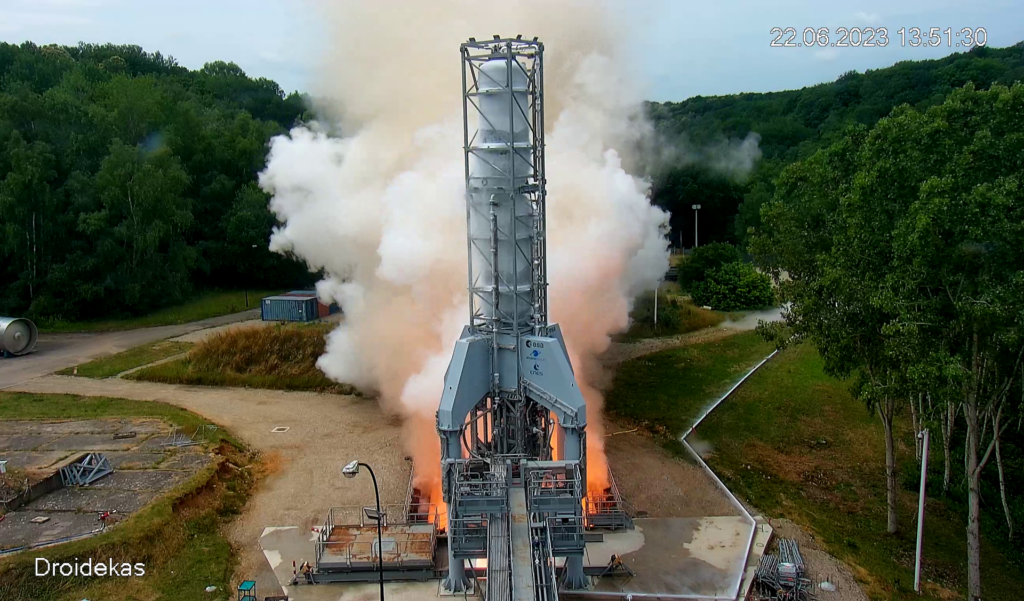
The Themis test stage with the Prometheus engine undergoing a successful full ignition. Image courtesy of ESA.
The Prometheus engine is a new-generation, reusable engine developed by ArianeGroup and its European partners. It boasts a high-thrust capability of 100 tons and utilizes liquid oxygen and liquid methane as propellants. The use of methane as a rocket fuel offers several advantages, such as cost-effectiveness, easier handling, and the ability to remain in liquid form at temperatures similar to oxygen. Additionally, methane’s higher density compared to hydrogen enables the design of more compact rocket stages, facilitating easier recovery and reuse. CNES, the French space agency, is also exploring the production of methane from biomass at the Guiana Space Centre.
Prometheus aims to revolutionize the economic and operational aspects of space launches. It targets a tenfold reduction in production costs compared to the current Vulcan engine, achieved through a different architecture, extensive use of 3D printing, and a production rate of 50 engines per year. The engine is scheduled to equip the lower and upper stages of Europe’s future range of launchers by 2030. In the future, Prometheus and Themis will undergo a series of “hop-tests” in which it will ascend a few meters above the ground to assess its flight and landing capabilities.
Leap into 3D printing
ArianeGroup and Oerlikon AM have inked a deal valued at €900,000 to produce 3D printed heat exchanger sets for the Ariane 6 rocket launcher. These 3D printed parts, acting as heat management devices, are expected to enhance performance and flexibility.
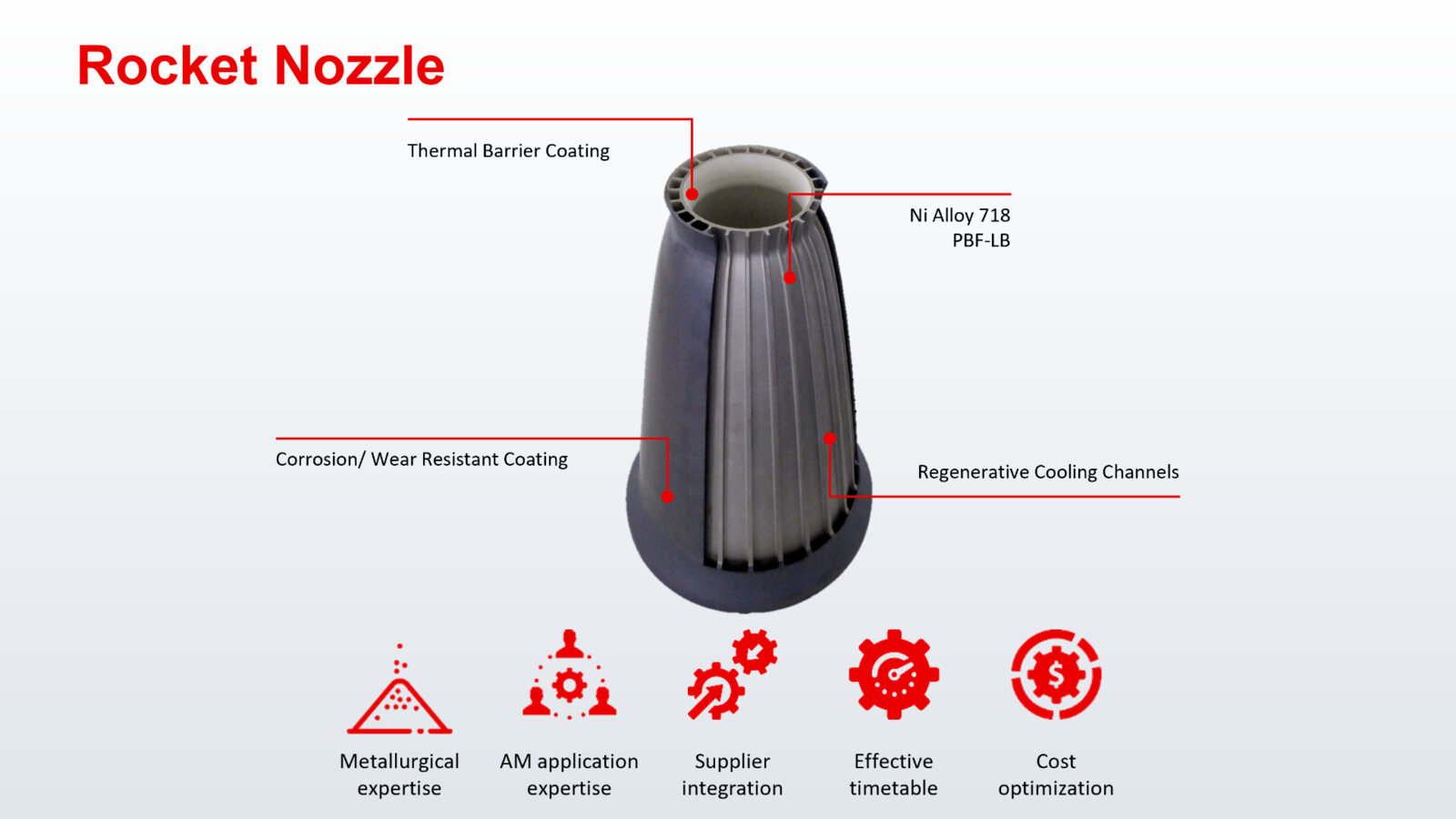 Oerlikon AM 3D printed rocket components. Image courtesy of Oerlikon.
Oerlikon AM 3D printed rocket components. Image courtesy of Oerlikon.A joint venture between Airbus (EPA: AIR) and Safran (EPA: SAF) established in 2015, ArianeGroup is the prime contractor for the Ariane 6 rocket but has faced recurring delays since its 2019 announcement of a maiden orbital flight in 2020. These setbacks, along with a substantial 25% decrease in turnover in 2022, led to the departure of CEO Andre-Hubert Roussel last March.
However, new CEO Martin Sion confidently rejects the notion of a systemic crisis in Europe’s launch sector, emphasizing that the proven model behind Ariane’s success remains valid. Sion’s mention likely centers on the highly reliable Ariane 5 heavy-lift rocket, operated by 44-year-old French company subsidiary Arianespace. Notably, Ariane 5 has achieved over 80 consecutive successful launches in the past two decades alone, underscoring its track record of reliability and establishing a strong foundation for Ariane’s upcoming rockets.
According to Le Monde, Europe is anticipated to face a shortage of available launchers from mid-June 2023 until Ariane 6’s expected launch in 2024. As a result, the European Space Agency (ESA) has turned to Elon Musk’s SpaceX for the launch of its Euclid scientific mission scheduled for early July. It seems Sion has a challenging task as he takes the helm at ArianeGroup, steering the company through turbulent waters amidst the prolonged delay in launching Ariane 6.
To propel ArianeGroup forward, the partnership with Oerlikon holds immense promise. By embracing the benefits of 3D printing, this collaboration showcases the advantages of the technology. With increased geometric freedom, weight reduction, and shorter lead times, 3D printing proves critical for the space field. Oerlikon worked closely with the Ariane 6 technical team to ensure the seamless integration of the newly designed heat exchangers, perfectly fitting into the constrained installation space. Hendrik Alfter, Managing Director of Oerlikon AM, highlights that this venture signifies a significant step towards supplying flight-critical class 1 parts to the space industry.
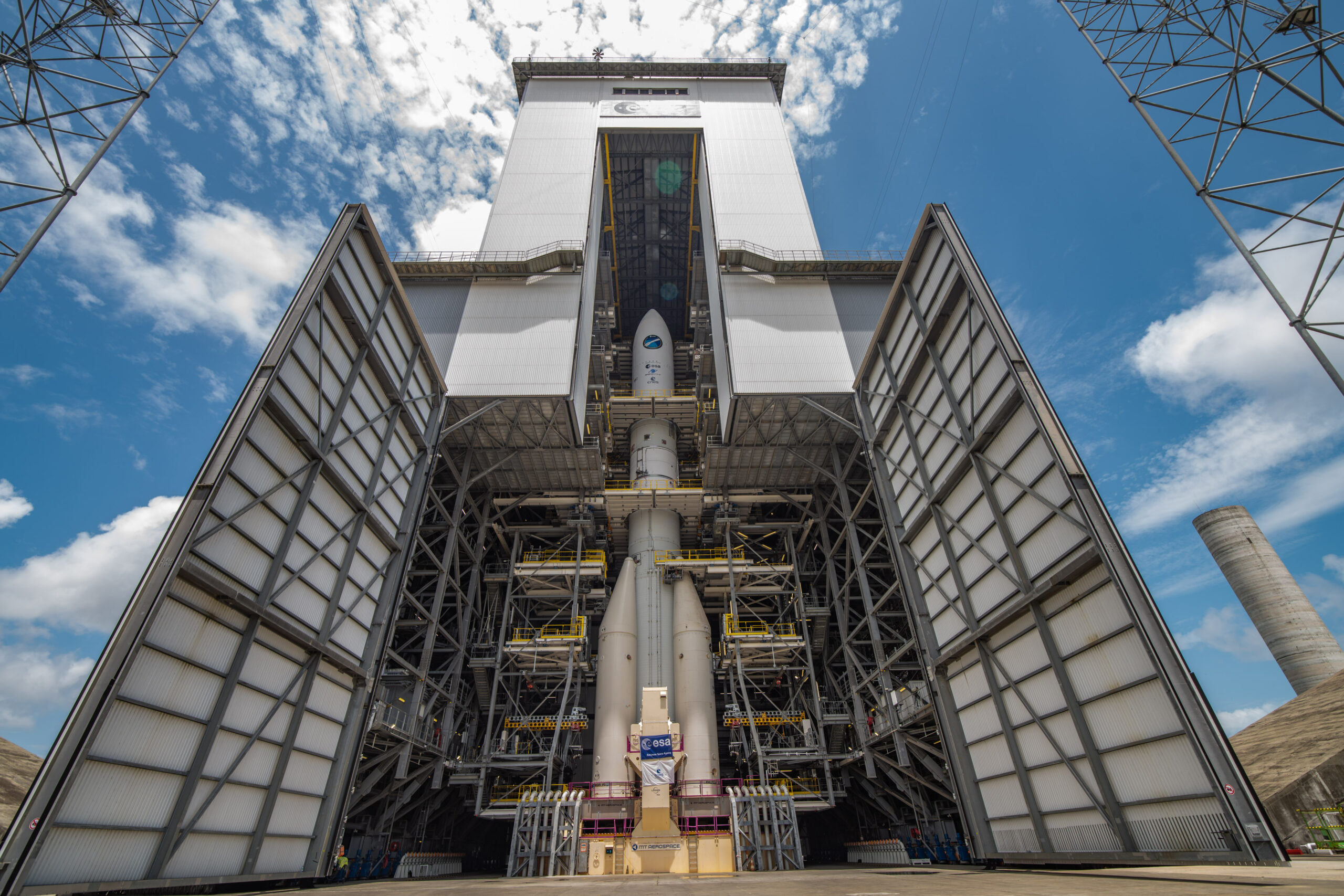 Europe’s new Ariane 6 launch vehicle will not launch until 2024. Image courtesy of ESA.
Europe’s new Ariane 6 launch vehicle will not launch until 2024. Image courtesy of ESA.Once operational, Ariane 6 is expected to meet significant market demand, launching multiple times yearly into diverse orbits, including low Earth orbit (LEO), geostationary transfer orbit, and sun-synchronous orbit. The collaboration between Oerlikon AM and ArianeGroup to deliver components for Ariane 6 marks an important milestone. Visitors at the Paris Air Show can learn more about Oerlikon’s additively manufactured heat exchangers for Ariane 6 rockets and witness their remarkable capabilities firsthand.
Boost for Small Satellites
Meanwhile, Arianespace continues strengthening its position in the small satellite launch market through strategic partnerships and collaborations, which could secure a better future for Europe’s space ecosystem. Notably, Arianespace recently signed a deal with UK-based Orbex, a provider of small satellite launch services, to explore collaborative opportunities and enhance capabilities, particularly for clients with small satellite constellations.
Orbex’s Prime rocket, designed to transport small satellites using bio-propane fuel and significantly reduce carbon emissions, can transform Arianespace’s small satellite launch services. As Orbex CEO Martin Coates puts it, “This collaboration holds a lot of promise for the European launch market, and we’re excited to see where we can take this.”
Having made strides as a prime space tech firm in the European market, Orbex has secured commercial launch contracts with seven customers, landed a £40.4 million funding round last year, and began constructing Sutherland Spaceport, the UK mainland’s first vertical launch site. Although the company has designed its Prime rocket to transport small satellites to LEO, it still needs to blast it into space.
Luckily for Arianespace, Orbex is not new to 3D printing. The company’s aerospace engineers have used AM for almost the entire propulsion subsystem and carbon fiber and graphene composites for the main structures and tanks of its 19-meter-long Prime micro launcher. In 2019 Orbex unveiled its achievement—a 3D printed rocket engine manufactured in a single piece without joins, made possible through a partnership with metal AM provider SLM Solutions. After successful trials with AMCM printing various large-scale rocket components over several months, Orbex secured a multi-million dollar deal for a newly commissioned 3D printing system.
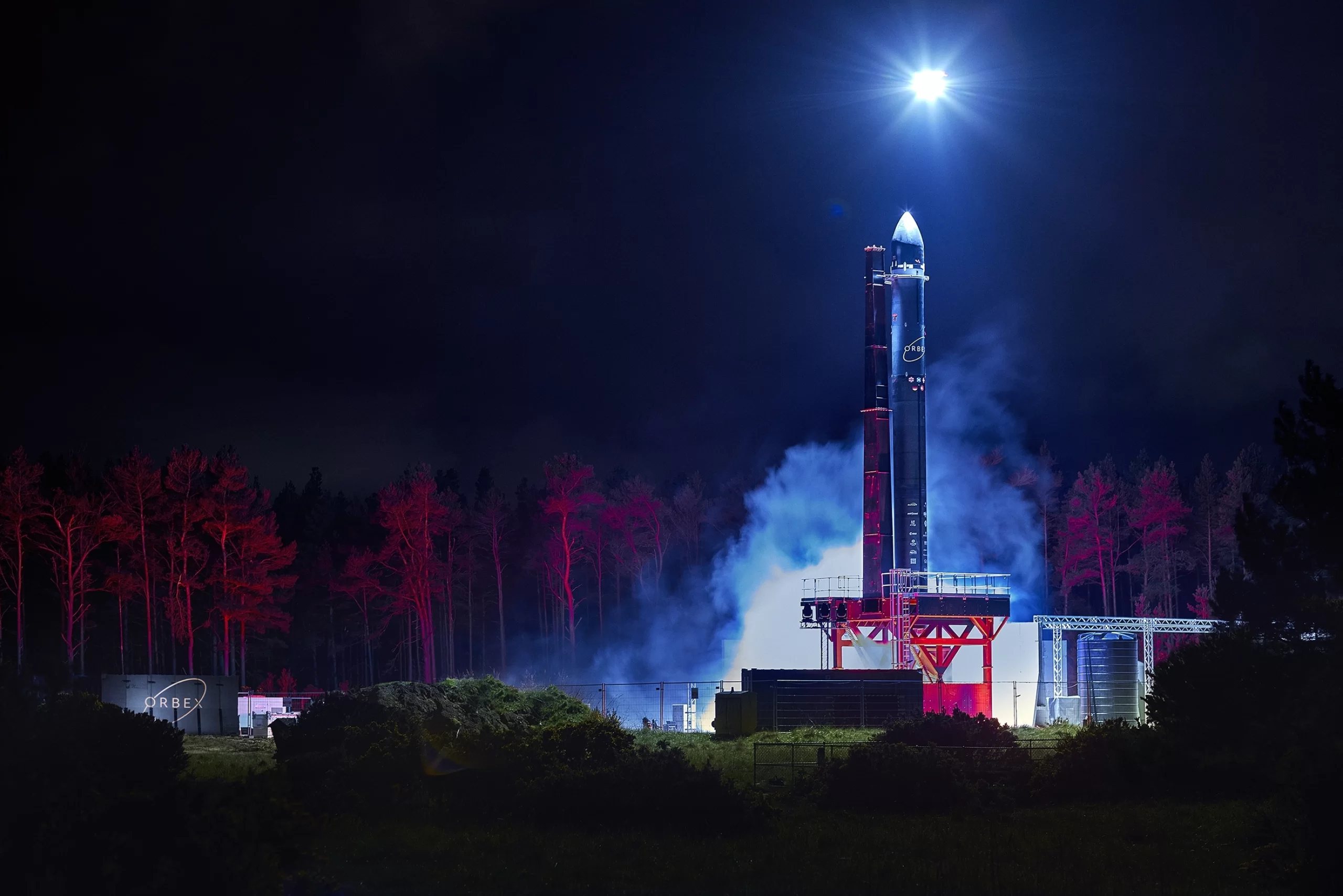 Orbex Prime rocket. Image courtesy of Orbex.
Orbex Prime rocket. Image courtesy of Orbex.Additionally, Arianespace has entered into another agreement, this time with Spanish startup PLD Space, enabling customizable services to Arianespace customers and joint development of small satellite launch services. This collaboration aims to strengthen Europe’s growing capabilities in launching small satellites. PLD Space seeks to commence commercial activity by 2025 and expand its launch capacity to 10 to 12 launches per year by the end of the decade.
Ezequiel Sanchez, PLD Executive President, says he believes collaborations with strategic partners like Arianespace are proof of PLD’s commitment to increase Europe’s commercial space access capability, a need that has become apparent due to Europe’s challenges in launching small satellites compared to other regions, such as North America. Initiatives like the development of dedicated small satellite launchers such as Vega and the future launch of Ariane 6 demonstrate Europe’s determined efforts to improve its position.
In recent months, ESA Director Josef Aschbacher has repeatedly warned of a “crisis” in Europe’s ability to launch spacecraft due to a shortage of rocket launchers. Aschbacher emphasizes that “Europe cannot afford to be left behind,” especially as countries like the United States, Russia, China, and soon India have already sent astronauts into space. To maintain technological leadership, leverage geopolitical opportunities, seize economic potential, and attract top talent, Aschbacher suggests that Europe must take immediate action to develop its sovereign access to space. With advancements in technologies like 3D printing and collaborative efforts at the forefront, Europe’s future in space exploration and satellite launches now appears promising.
Subscribe to Our Email Newsletter
Stay up-to-date on all the latest news from the 3D printing industry and receive information and offers from third party vendors.
You May Also Like
Gorilla Sports GE’s First 3D Printed Titanium Cast
How do you help a gorilla with a broken arm? Sounds like the start of a bad joke a zookeeper might tell, but it’s an actual dilemma recently faced by...
Nylon 3D Printed Parts Made More Functional with Coatings & Colors
Parts 3D printed from polyamide (PA, Nylon) 12 using powder bed fusion (PBF) are a mainstay in the additive manufacturing (AM) industry. While post-finishing processes have improved the porosity of...
$25M to Back Sintavia’s Largest Expansion of Metal 3D Printing Capacity Since 2019
Sintavia, the digital manufacturing company specializing in mission-critical parts for strategic sectors, announced a $25 million investment to increase its production capacity, the largest expansion to its operations since 2019....
Velo3D Initiates Public Offering in a Bid to Strengthen Financial Foundations and Drive Future Growth
Velo3D (NYSE: VLD) has been among a number of publicly traded 3D printing firms that have attempted to weather the current macroeconomic climate. After posting a challenging financial report for 2023,...


